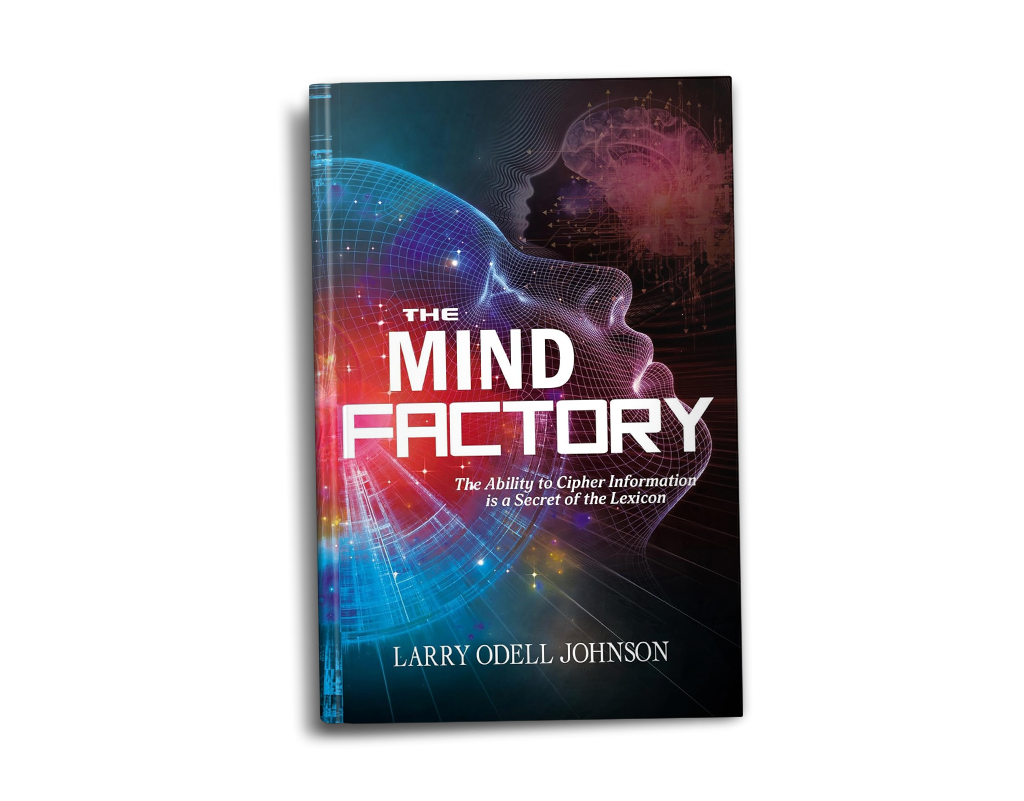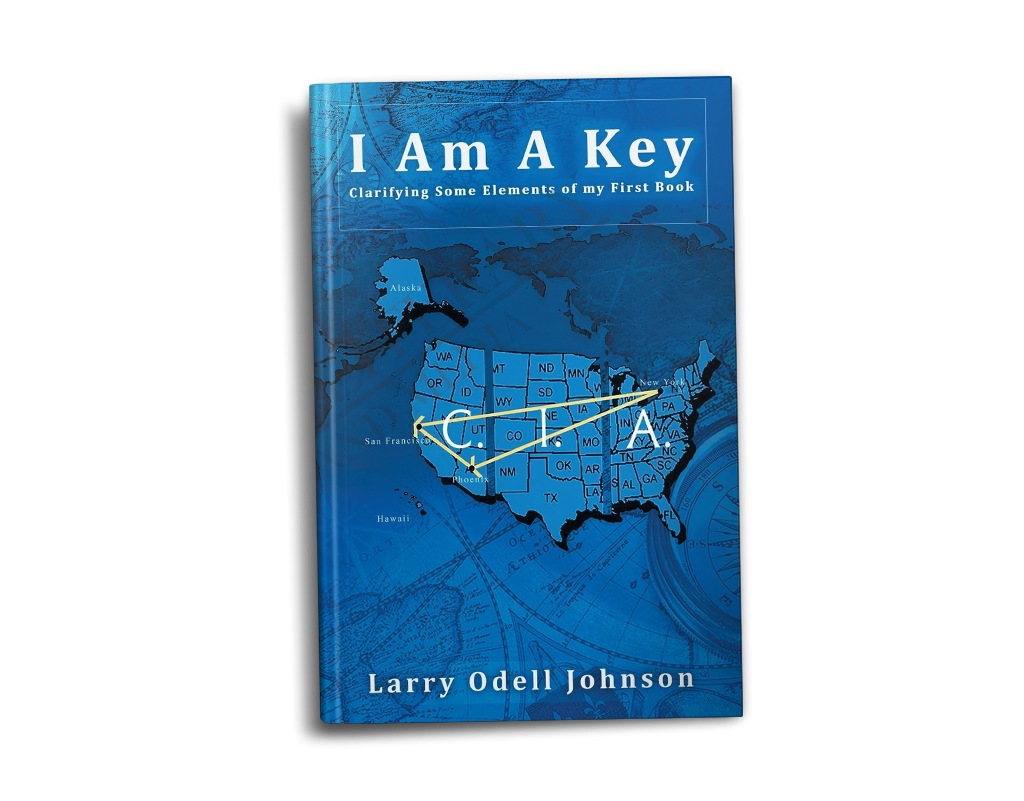About the Book
WHAT IS
We
TO YOU?!
I use an autobiographical approach to unpack a cryptographical interpretation or content analysis of the first four chapters of the King James Version (KJV) of the Holy Scriptures. This analysis is designed to present the semiotic and hermeneutical underpinnings of the Scriptures in raw everyday terms avoiding the murkier waters of those studies which divert believers away from the discussion of specific immoral behavior. Behavior which God purposed the Scriptures to make plain. Given this study, I am obliged to stipulate that the Holy Scriptures are divinely written!
Meaning can be found in many places-some expected, others more obscure. This book’s primary endeavor is to examine some of the earliest texts in the Bible, primarily the first four chapters of Genesis, and examine them to see if the story of Adam and Eve is simply an allegory or if there are hidden meanings and messages in deliberate word choices. The author also includes a useful epilogue of similarly coded words using anagrams to either help decipher the code for those who struggle with the method used in the book and need some extra hints or those who want to use the same method to reconstruct more text and language.--Michael Radon, US Review of Books
What is We To You? is a book every self-conscious and evolving adult needs to read. There are many crucial discussions initiated by the reader, discussions that make the reading more entertaining. Some of the topics that are analyzed in the book include racism, social structures, colorism, religion, friendship, poverty, education, politics, family, and issues like poverty. Larry Odell Johnson also intensely discusses Bible scriptures and gives a profound analysis of the scriptures. I especially admired the illustrations on Able and Cain, as the author made me better understand my spiritual side. The biggest takeaway from this book is that, as individuals, we need to be conscious of what we do and appreciate life as it comes.-Aaron Washington, Pacific Book Review
Larry's other book
THE MIND FACTORY:
The Ability to Cipher Information is a Secret of the Lexicon

The author has written a book combining elements of sociology, religion, philosophy, and mathematics, in a demonstration of how the sub-disciplines are connected through the lexicon of language. His purpose has been to present in everyday terms an exposition for understanding specific aspects of some of the most insulated areas of formal knowledge. The author’s theoretical approach is deliberately atypical. This self-labeled ‘scrambled eggs’ approach argues the author is done for the purpose of bringing deeply hidden meanings immediately to the surface, in deference to the most efficient use of the reader’s valuable time. The author believes learners should not be obligated to spend years puzzling through abstruse language in an effort to gain insight into important information, especially when the information can be brought within the range of their understanding within a matter of hours. He does not compare his book with others ostensibly of the same type but, rather, he says that while his book is not unique, it is unusual. That is, his book will give its diligent and discerning reader insight and perspectives that will enable him/her to understand the most esoteric contents of almost any other book they will ever read.
I Am A Key

The primary purpose for the production of my current book, I Am A Key, is to assist readers in a clearer understanding of my first book, The Mind Factory. My first book dealt with pure theory and, while I made a gallant effort there to soften the language in that field of discourse, it was not a complete success. It still turned out not to be an easy read for the lay reader. As was my goal, I needed to consolidate a lot of information in a relatively short single volume. No doubt, for any diligent student of sociology or philosophy it was a casual read; but I wanted the book to accommodate the lay reader as well. In reviewing this issue of clarity of exposition-after the fact-for my book, The Mind Factory, I was reminded that I did not give interpretations for the anagrams that I presented in that book. Moreover, since defining and exhibiting anagrams was the central feature of the book, I concluded that providing interpretations for those anagrams would be the best way to pursue the immediate goal of opening up one’s understanding of the overall theory contained in that book. Consequently, I present my readers with my current book, I Am A Key. In my current book, I give a representation of the extended version of the key defined and presented in the earlier book, I use an example from the first book to detail just how an anagram is derived, and I explain the meaning of an interpretation while also providing interpretations for each of the 288 anagrams contained in my other book. With this additional commentary I am satisfied that I will have done as much as anyone could possibly do to initiate a contemporary discussion and explanation of this theory. That is, to explain the reality of the existence of the latent content in our everyday language. Of course the secondary goal of these two books is to show by way of demonstrate that by implication the word “theory,” as used within context here, does not mean something unproven or yet to be proven, and the

